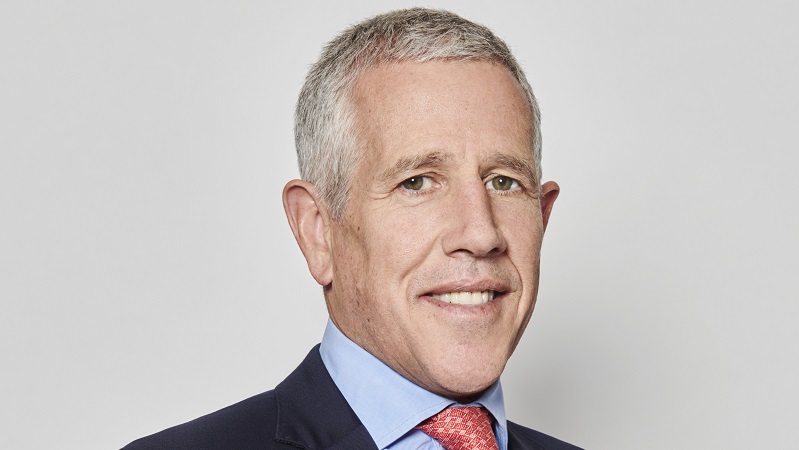Q: Which asset classes, sectors or strategies are attracting your attention and why?
Our investment philosophy is built on the longer term and is driven by valuations, so I am drawn to assets that appear relatively cheap, for example small-cap equities and equities outside the US, specifically Japan and UK.
From a portfolio construction approach, I am interested in assets that can add resilience. A particular area of focus is inflation. Equity assets remain the long-term real return driver in portfolios and tactical hedging is a low-odds approach. Therefore, for lower equity content portfolios, I am interested in inflation-sensitive assets and strategies that offer resilience but not significantly to the detriment of outcomes under benign or deflationary environments.
Lastly, strategies that add convexity to a portfolio are always areas of interest. While the current real yields on sovereign bonds have moved the hurdle higher for liquid alternative strategies, we are still actively researching areas such as trend following and managed futures.
Q: How do you see sustainable and ESG-oriented investing evolving from here?
A broadening of ESG investment products beyond equities will further unlock the ability to deliver multi-asset solutions. While there are many ways to factor ESG risks into asset-return models, as a multi-asset allocator I still see security selection as the primary control, therefore the approach to manager selection will remain important.
I expect further improvements in data and insights over the coming years, tailored to support cleaner definitions of ESG, especially within the UK market, which will mean better investor choice.
Q: What will be different about the investment sector a decade from now?
Since I began my career, I have already seen a step change in the use of technology. While obviously an area of continuous change, I think it will only accelerate from today. The industry leaders and laggards will be defined by their ability to use technology across the whole value proposition, specifically in optimising how they service and support clients.
However, I believe personalised advice delivered by trusted humans is here to stay, but there will be far more customisation and choice available to clients, potentially delivered on less centralised systems and platforms.
It is also my hope that a decade from now broad financial literacy in the UK will have significantly improved, supported by practical financial education delivered from a younger age. Looking at the government’s current growth focus, there may be a longer-term benefit from a focus on financial education from a younger age.
Read the rest of this article in the April issue of Portfolio Adviser magazine










